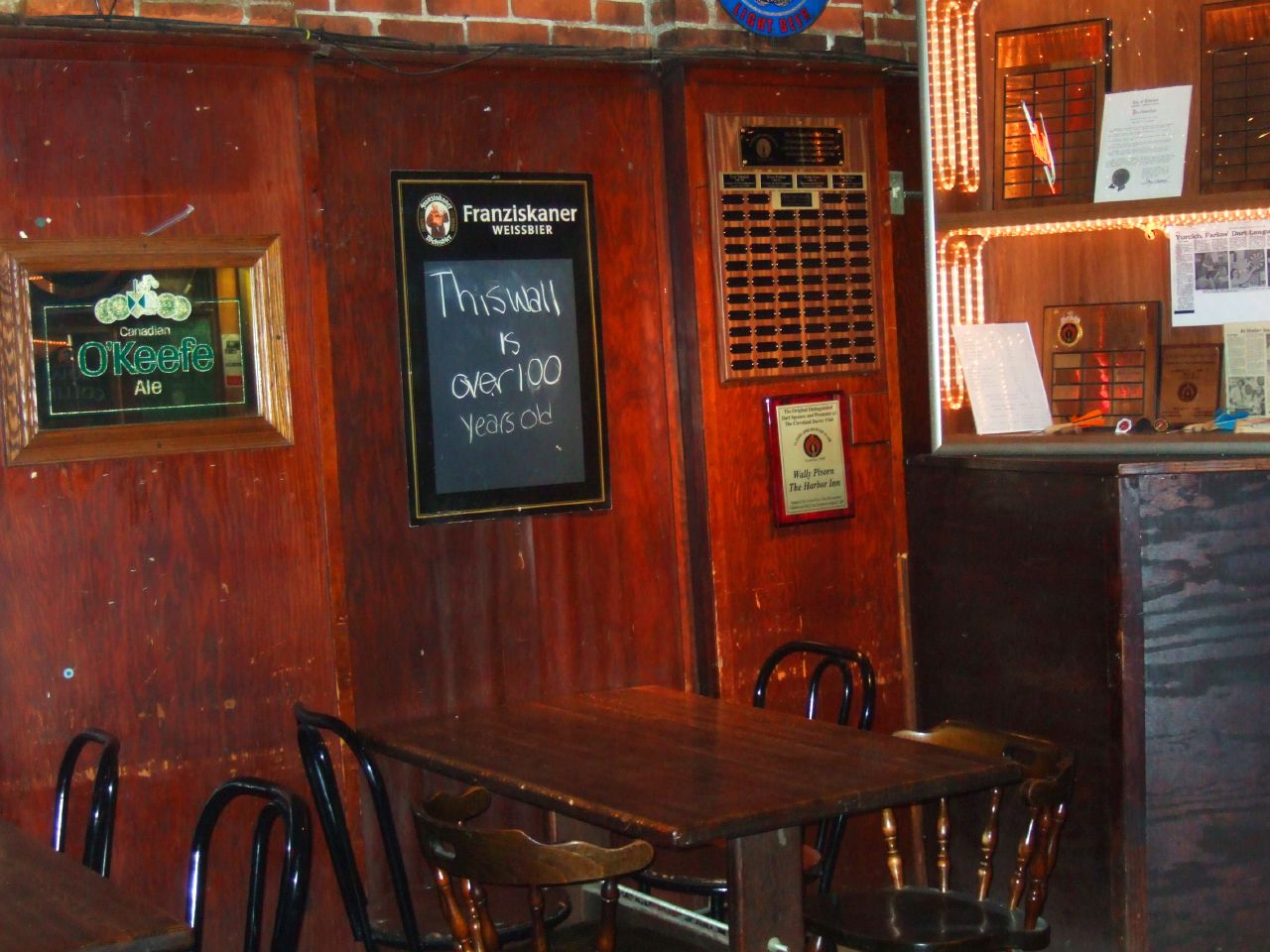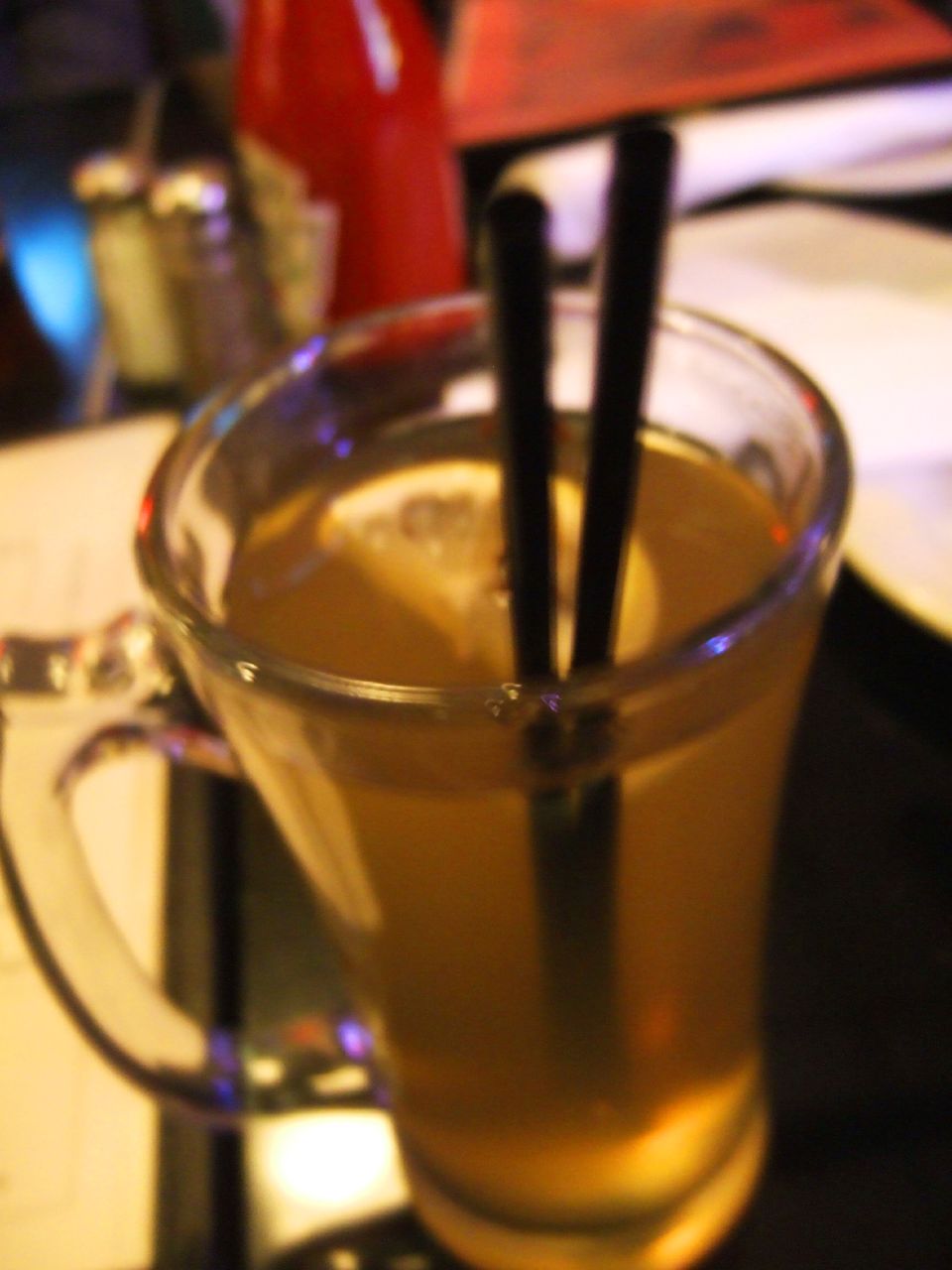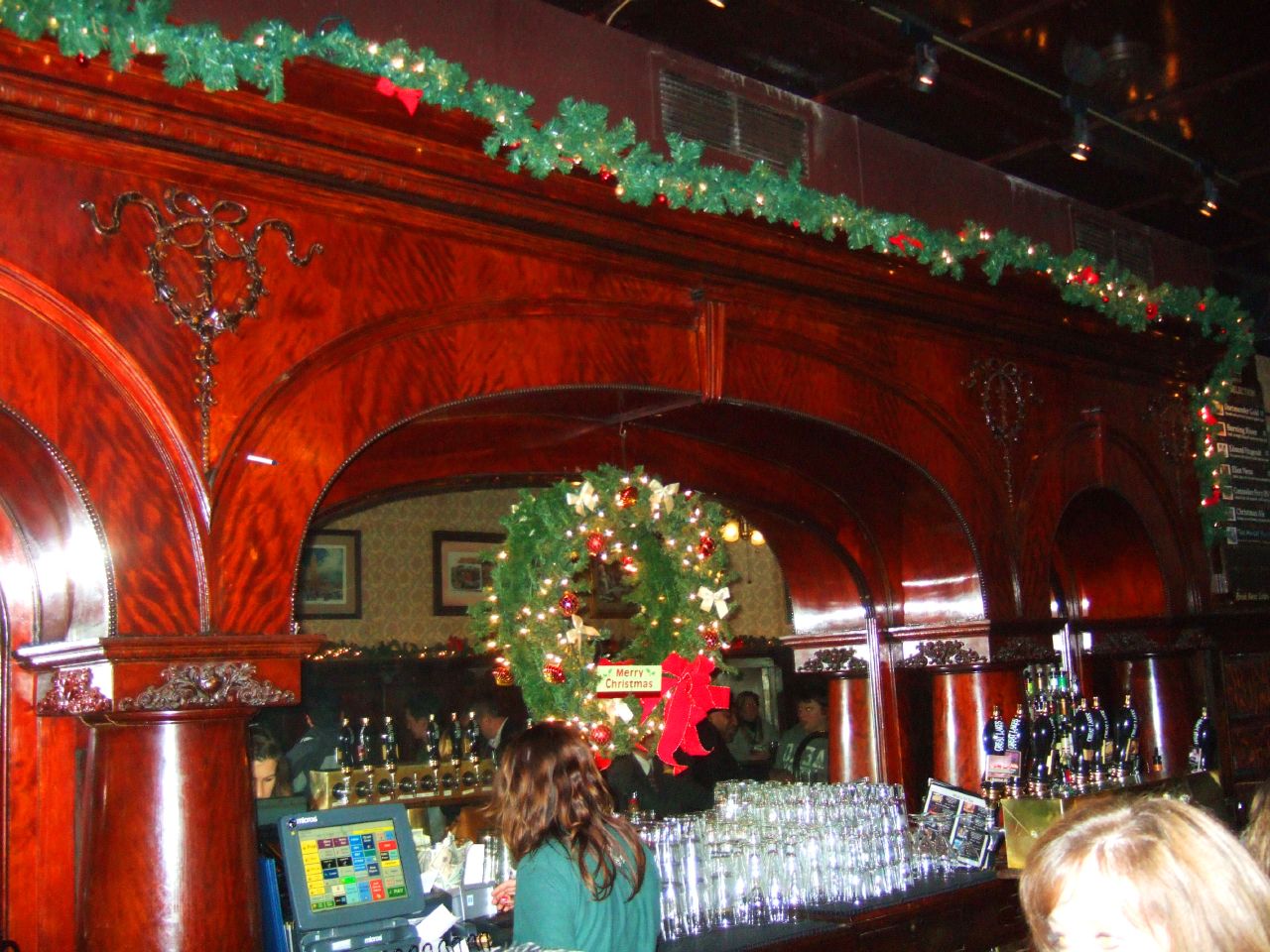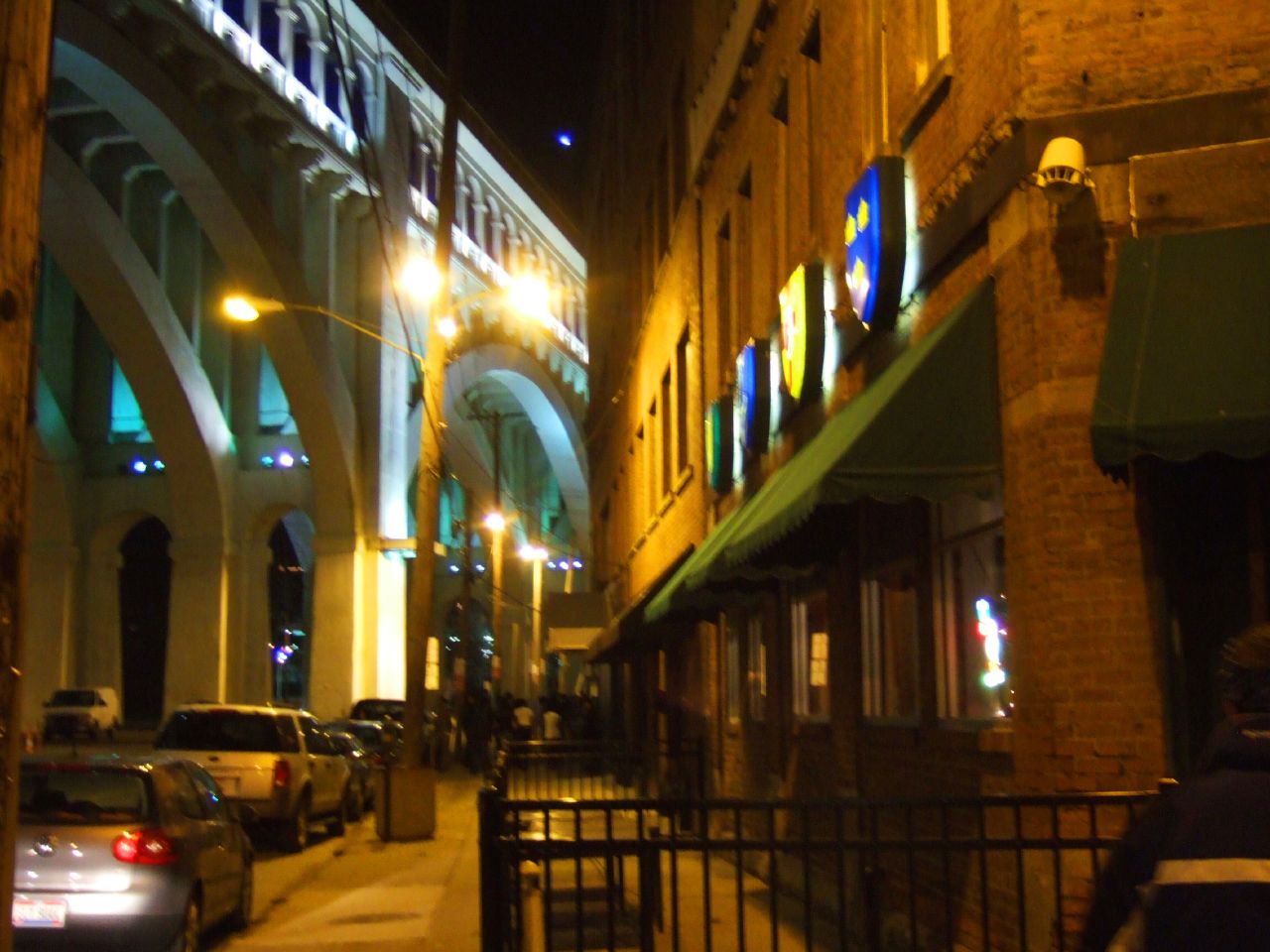Want a mouth full of history? Then mark your calender for these free events!
Sunday, February 21st
A Timeline of Taste: A Brief Overview of the Last 200 Years
4:30pm – 5:30pm
At Trade School
139 Norfolk Street, New York, NY
Free for barter.
I’m offering an hour-long class through Trade School.
Our idea of what “tastes good†is constantly changing. In this class, we will take a look at the constant flux of America’s culinary preferences, from the publication of the first American cookbook in 1796 to the swell of convenience food in the 1940s and 50s. To inspire our discussion, we will be sampling four different cakes from four different eras, and will make one of these desserts in the class. And with your help, we’ll bring our exploration to the present day with a selection of contemporary dishes.
Trade School offers these classes through a barter system; when you sign up, you can choose to bring a small item to trade for the class. There are a limited number of seats available, so reserve yours today! Sign up here.
Sunday, March 7th
Pancakes a Plenty!
11am – 1pm
At Old Stone House
336 3rd Street
Brooklyn, NY 11215
Free
Brought to you by the New York 19th Century Society.
Old Stone House lights up its hearth for a spring pancake celebration, featuring culinary creations by historic gastronomist Sarah Lohman. Pancakes a Plenty! presents three historic pancake recipes sure to please the modern palate: Pumpkin Cornmeal; Apple and Sour Milk; and Clove and Rosewater.
Pulled from the pages of 18th and 19th century New England cookbooks, these recipes have the flavor of New York life from another era. Prepared over an open fire, the pancakes will be served with all the fixins’ as well as hot drinks.
We’ll keep serving pancakes until the pancakes run out. So stop by and sample some slapjacks
Saturday, April 10th
The Boston 19th C. Pub Crawl
Starting at 5:30pm
Meet at Eastern Standard
528 Commonwealth Avenue
Boston, MA
Free, but drinks are additional.
We’re taking the 19th Century Pub Crawl on the road to Boston! The evening will start at Eastern Standard, a contemporary bar that “…Breathe(s) life into forgotten cocktails of the past as well as conjuring up new classics.” They’ll be featuring several cocktails for the Crawl, including their house special the “19th Century,” and offering a selection of house-made hors d’oeuvres. From there, we’ll crawl to Boston’s oldest pubs, some stretching back to the 17th century! Our proposed route (subject to change) can be found here.
Saturday, May 15th
The New York 19th C. Pub Crawl
Starting at 6pm
Meet at Madame X
New York, NY
Free, but drinks are additional.
In the wake of last fall’s amazing New York 19th C. Crawl, we’re planning a whole new route! This spring, visit some of New York’s oldest taverns and most notorious dens of vice on 10th Ave. Formerly along Manhattan’s western waterfront, these inns served sailors drinks, drafts and entertainment. Our proposed route (subject to change) can be found here.












